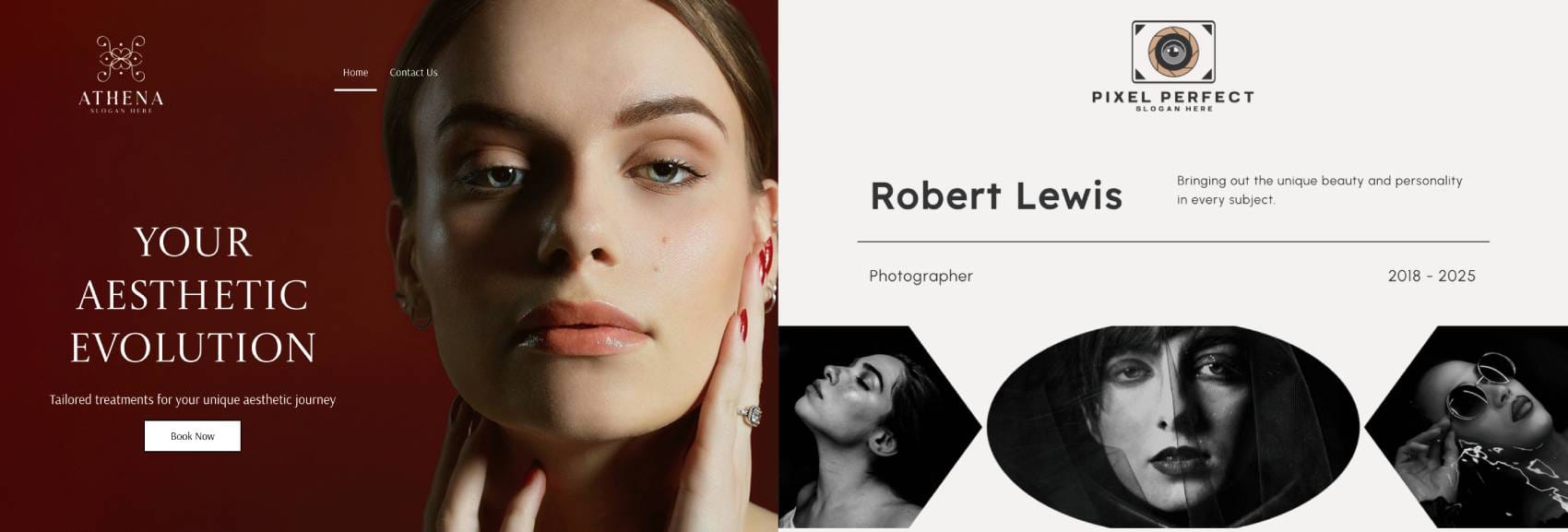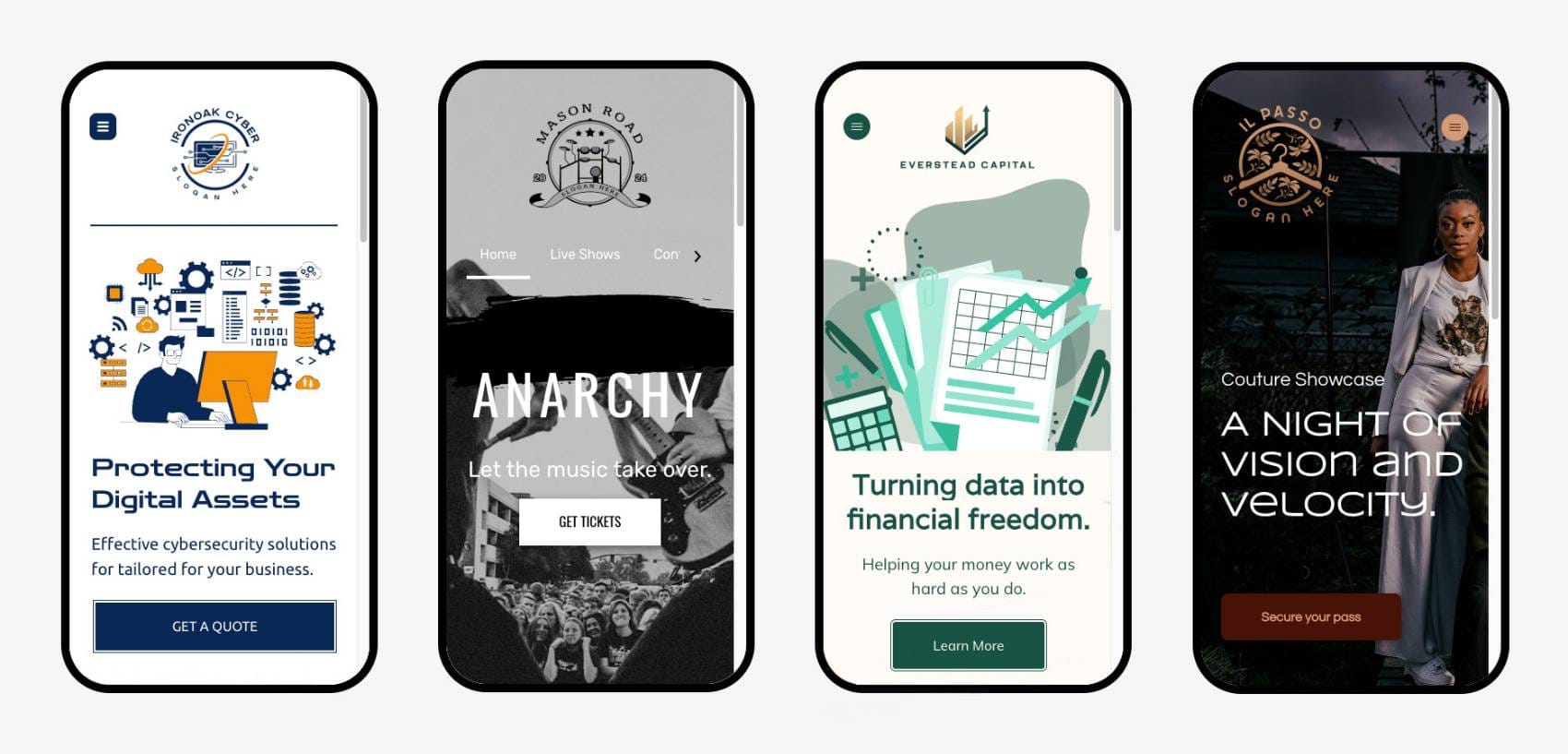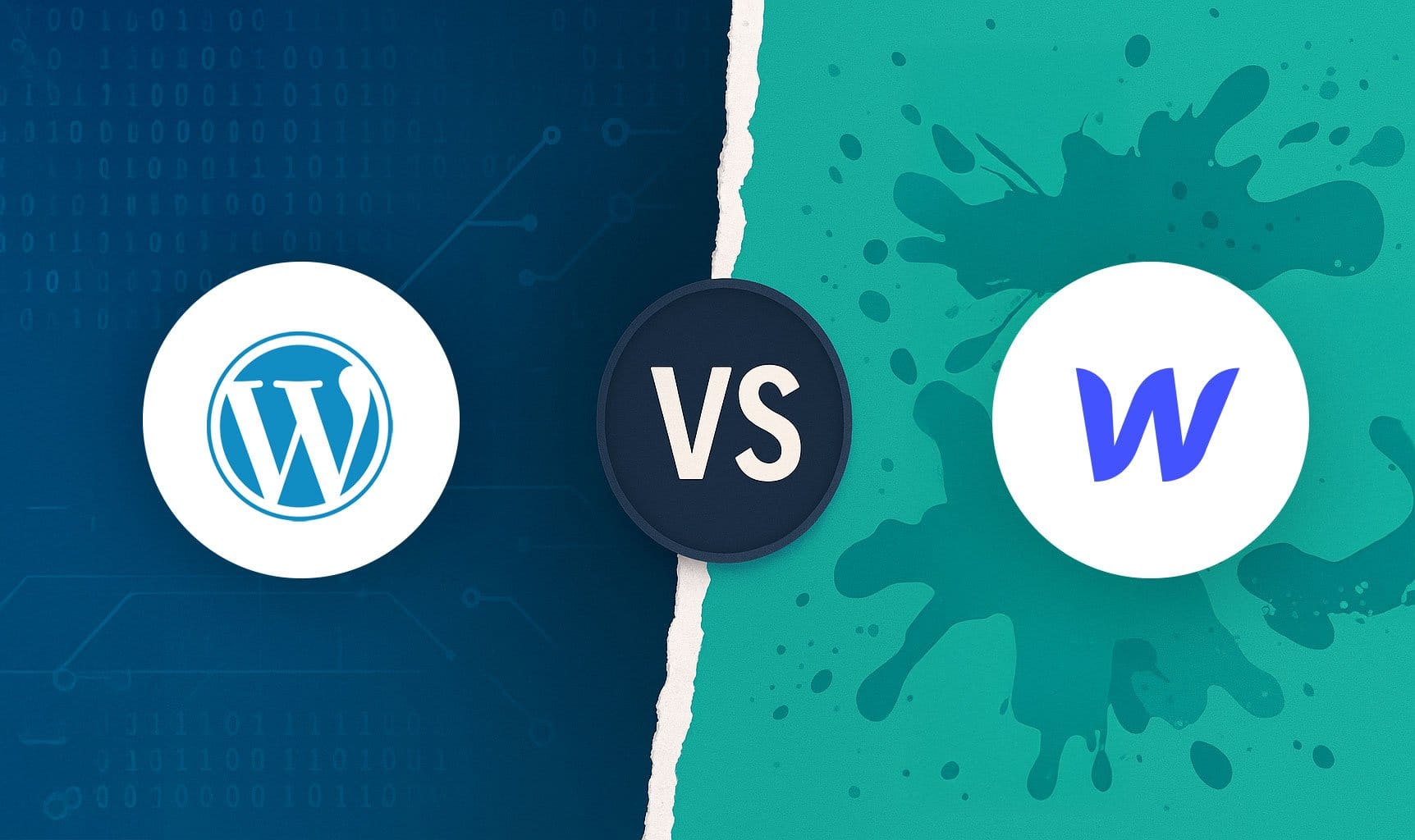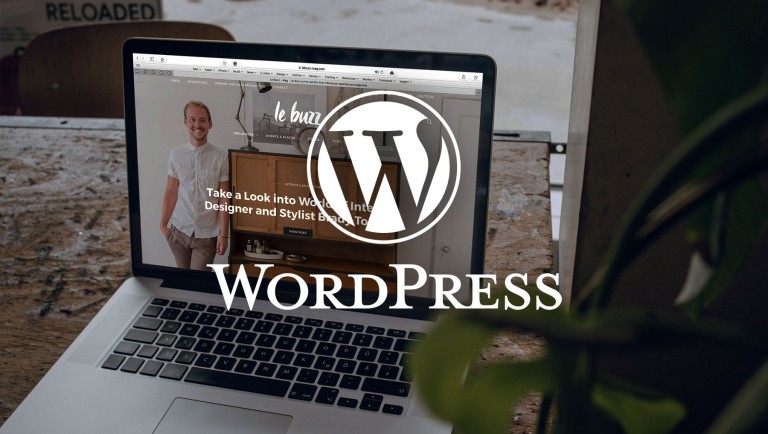Imagine you’re opening a new restaurant.
Webflow is like hiring an amazing interior designer who sets up the dining room with flashy lighting, cool furniture, and Instagram-worthy decor.
WordPress, on the other hand, is like investing in the whole operation—a solid kitchen, a staff training program, and a system that makes sure you can handle both today’s crowd and the five franchise locations you might open down the road.
Both are valuable, but which matters more to the success of your business?
If you’re a business owner or marketing manager, the decision isn’t about which platform has the fanciest buttons. It’s about which platform will drive leads, grow sales, and scale with your business. Let’s break it down.
The “Curb Appeal” Factor (First Impressions)
Webflow is known for its sleek designs and snappy animations. If your brand is in fashion, design, or a startup that needs to impress investors at first glance, it can be tempting. It’s like that shiny sports car parked outside, turning heads.
But here’s the catch: flashy animations don’t necessarily equal conversions. In fact, too many “fireworks” can slow down the site and distract visitors from actually contacting you or buying. WordPress sites can look just as stunning without the extra baggage, especially when built with a solid strategy in mind.
The “Marketing Machine” Factor (Content & SEO)
This is where WordPress wipes the floor.
No doubt Webflow has SEO features, but it’s like trying to run a marathon in nice dress shoes. It's not exactly built for it.
The “Future-Proof” Factor (Growth & Flexibility)
Let’s talk growth. Today you might just need a digital brochure. Tomorrow? You might want:
WordPress can do all of this and more, thanks to its massive ecosystem of plugins and integrations. Webflow is getting better, but it’s more like an all-in-one toolset in a neat little box, handy for small projects but limited if you want to expand.
Use Cases in the Real World

WordPress
Think of WordPress as your digital engine — it’s flexible, powerful, and built to grow with you.
Webflow
Think of Webflow as your digital art gallery — sleek, expressive, and crafted for the spotlight.

If your messaging requires clarity, go with WP. If you like abstract, storytelling vibes, go with Webflow.
So which should you choose?
If your main goal is a digital business card with some radical animations and layout shifts, Webflow is your tool. But if you want your website to actually drive leads, rank on Google, and grow with your business, WordPress is the clear winner.
Think of it like this: Webflow is a beautiful showroom — perfect for temporary presentations, showcases, pop-up displays, campaigns and short-term or highly targeted marketing efforts.
WordPress is a full-scale operation — built for logistics, marketing, and long-term growth.
And if you’re serious about building a site that doesn’t just look good but works hard for your business, we’d love to help you make WordPress your growth engine.



